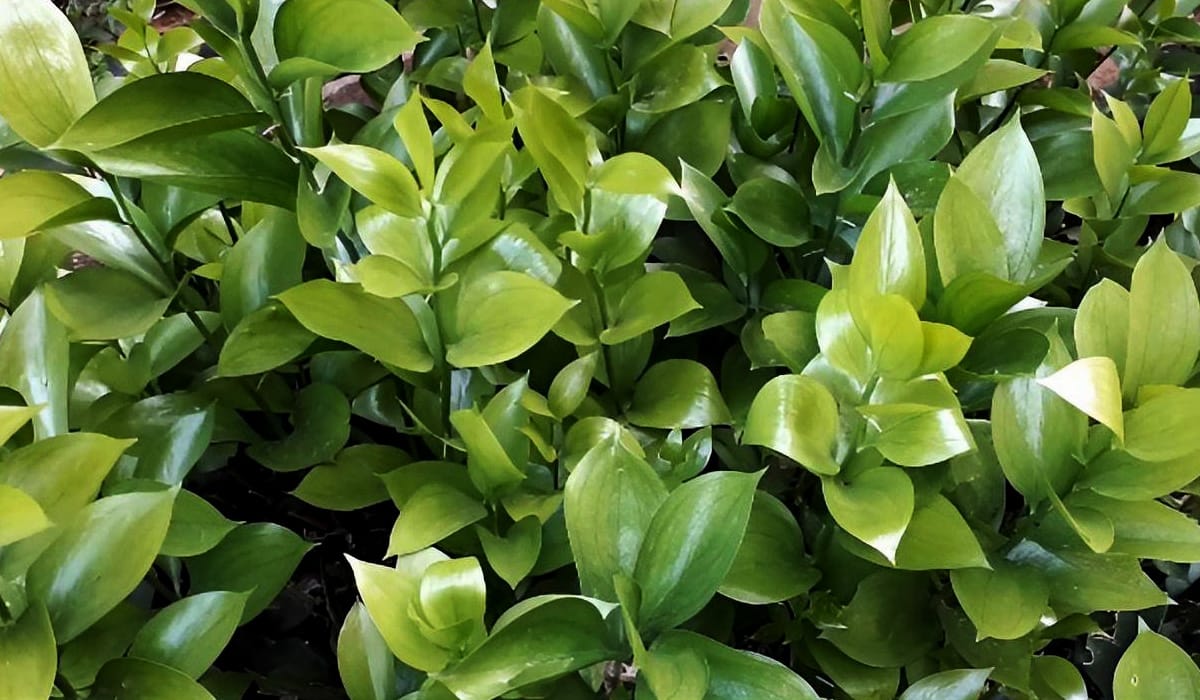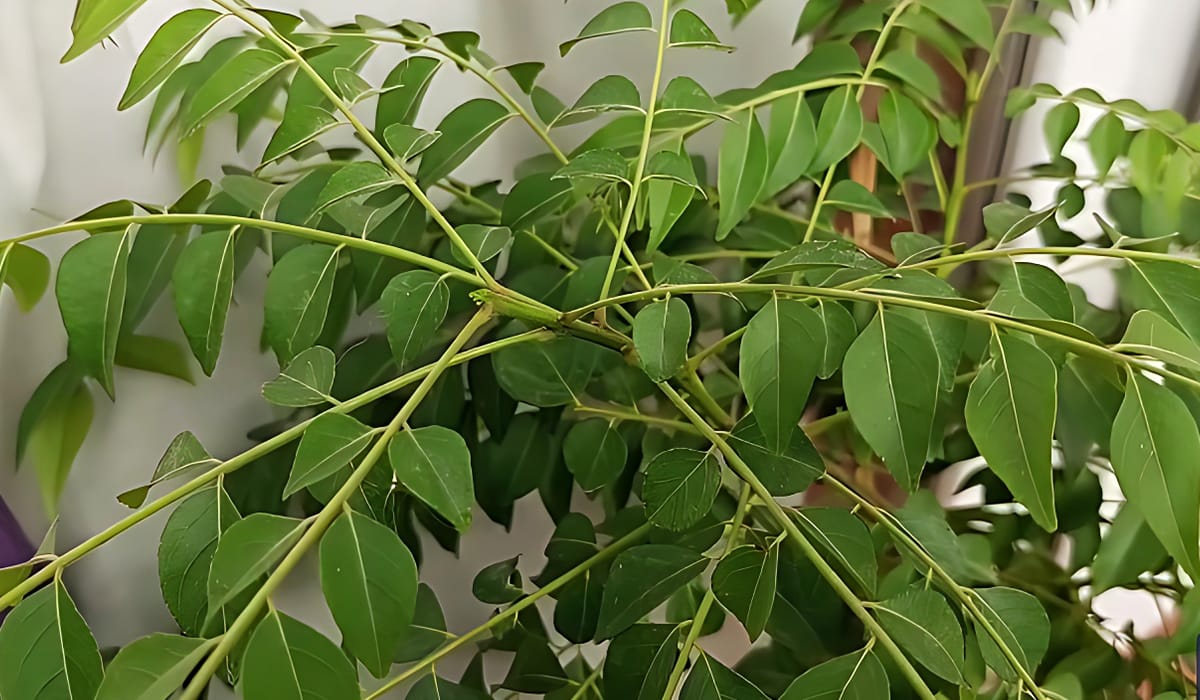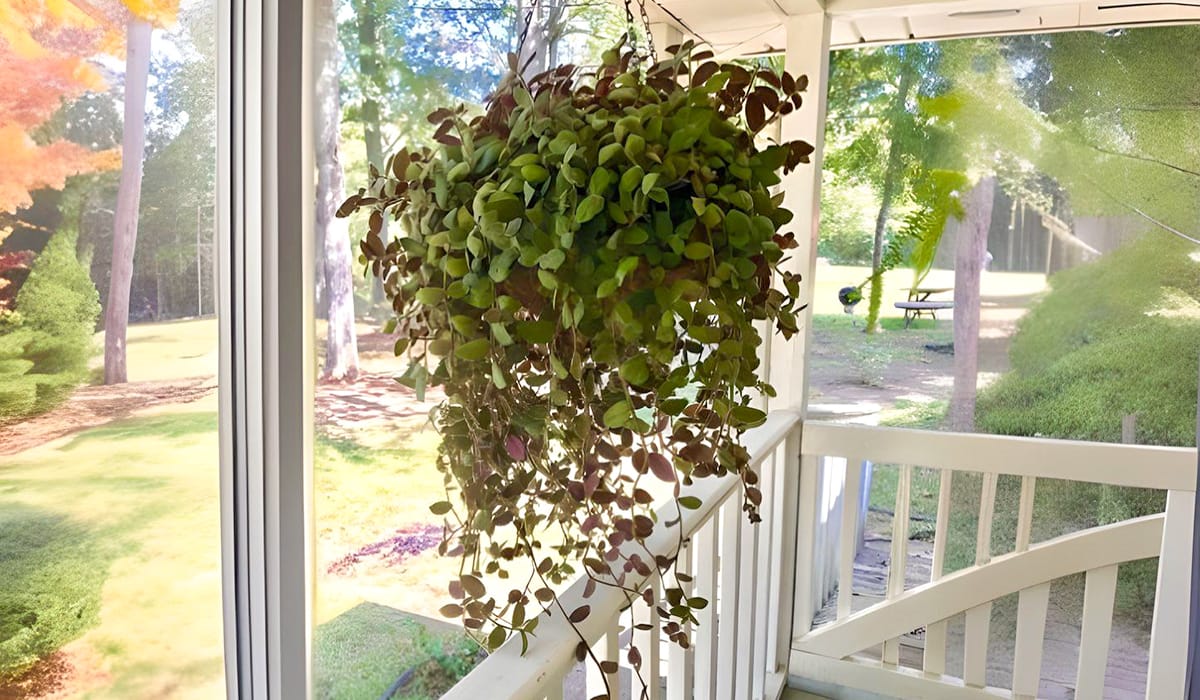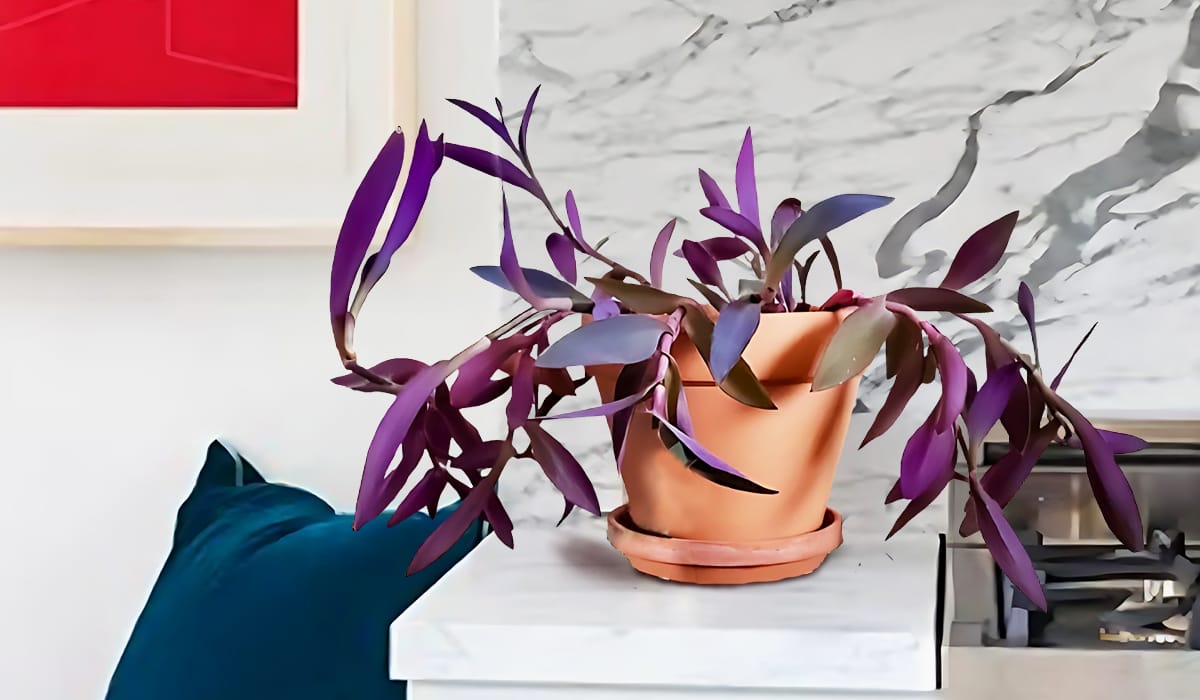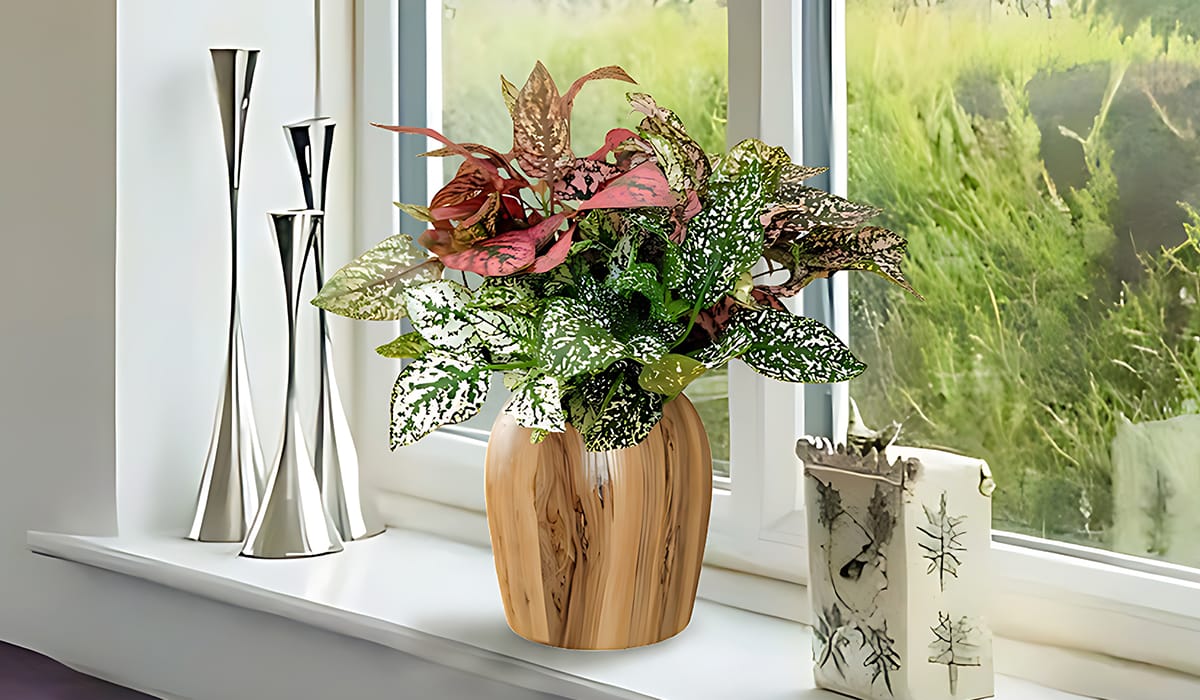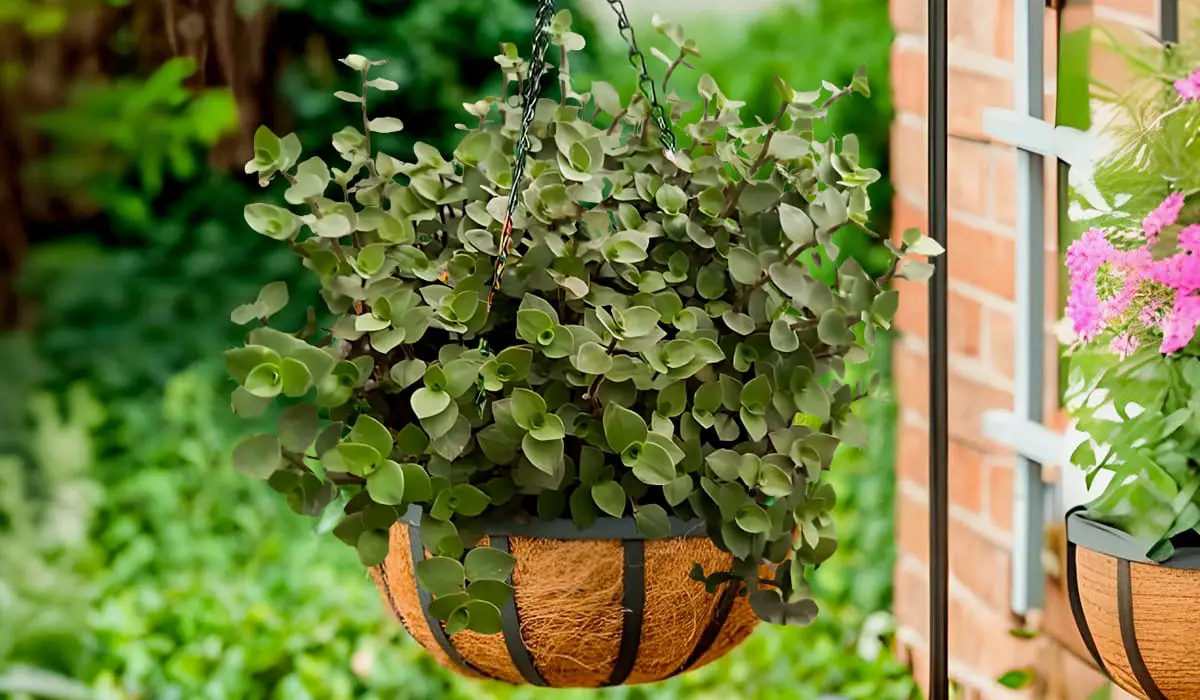
The Bolivian Jew Plant stands out as a unique and captivating addition to any indoor garden. Known for its vibrant colours and fascinating structure, this plant has become a favourite among plant enthusiasts. In this guide, we will explore the beauty of the Bolivian Jew Plant, providing insights into its care and cultivation to help you make the most of this stunning botanical gem.
Understanding the Bolivian Jew Plant
The Bolivian Jew Plant, scientifically known as Callisia Repens, is a charming trailing succulent that hails from the tropical regions of South America, particularly Bolivia. Its distinctive features include small, fleshy leaves arranged in a rosette pattern, with hues ranging from green to shades of purple and pink. The plant's cascading stems add an elegant touch, making it an ideal choice for hanging baskets or as ground cover in your indoor garden.
Caring for Your Bolivian Jew Plant
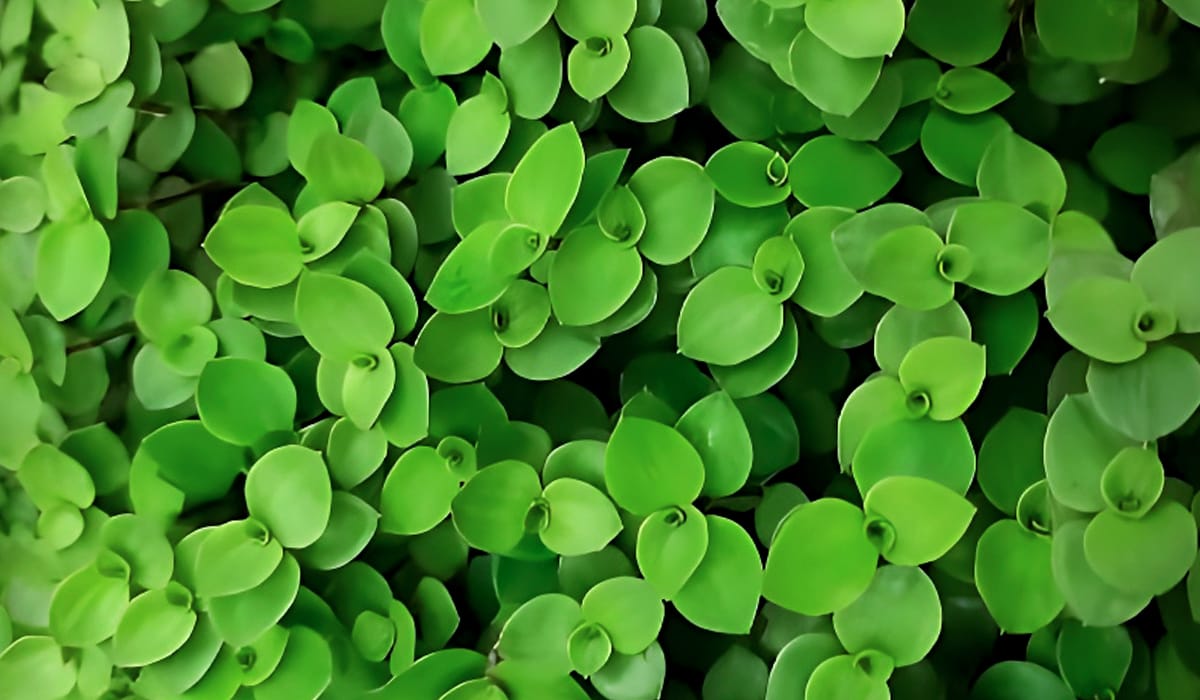
Light Requirements: Bolivian Jew Plants thrive in bright, indirect light. Place them near a window where they can receive filtered sunlight, avoiding direct exposure to harsh rays. Adequate light ensures vibrant foliage and healthy growth.
Watering: Strike a balance when it comes to watering your Bolivian Jew Plant. Allow the soil to dry out between watering sessions, ensuring it is neither too soggy nor bone dry. This succulent enjoys slightly moist conditions, and a well-draining potting mix is essential for preventing waterlogged roots.
Temperature and Humidity: Maintain a warm and humid environment for your Bolivian Jew Plant. Aim for temperatures between 60-75°F (15-24°C) and consider misting the leaves occasionally to simulate its native tropical habitat.
Soil: Opt for a well-draining soil mix with added perlite or sand to enhance drainage. This prevents water from pooling around the roots, reducing the risk of root rot.
Fertilizing: During the growing season (spring and summer), feed your Bolivian Jew Plant with a balanced liquid fertilizer diluted to half strength every 4-6 weeks. Reduce or cease fertilization in the dormant period (fall and winter).
Cultivating Bolivian Jew Plants
Propagation: Bolivian Jew Plants are easily propagated through stem cuttings. Snip a healthy stem, remove the lower leaves, and plant it in a new pot with fresh soil. Ensure the cutting remains consistently moist until roots develop.
Pruning: Encourage bushier growth by regularly pruning the tips of your Bolivian Jew Plant. This not only enhances its appearance but also prevents it from becoming too leggy.
Conclusion
The Bolivian Jew Plant is a captivating addition to any house plant collection, bringing a touch of South American charm to your indoor space. By providing the right care – from proper lighting to well-draining soil – you can enjoy the beauty of this succulent and watch it flourish in your home. Add a Bolivian Jew Plant to your collection, and let its cascading foliage transform your living space into a vibrant and lively haven for plant enthusiasts.
Consider expanding your indoor plant collection with other easy-to-care-for plants like
Each of these plants offers its unique charm and benefits.
Thanks for reading this article. if you have any questions must comment and contact our team. don't forget to share this article with your friends.

